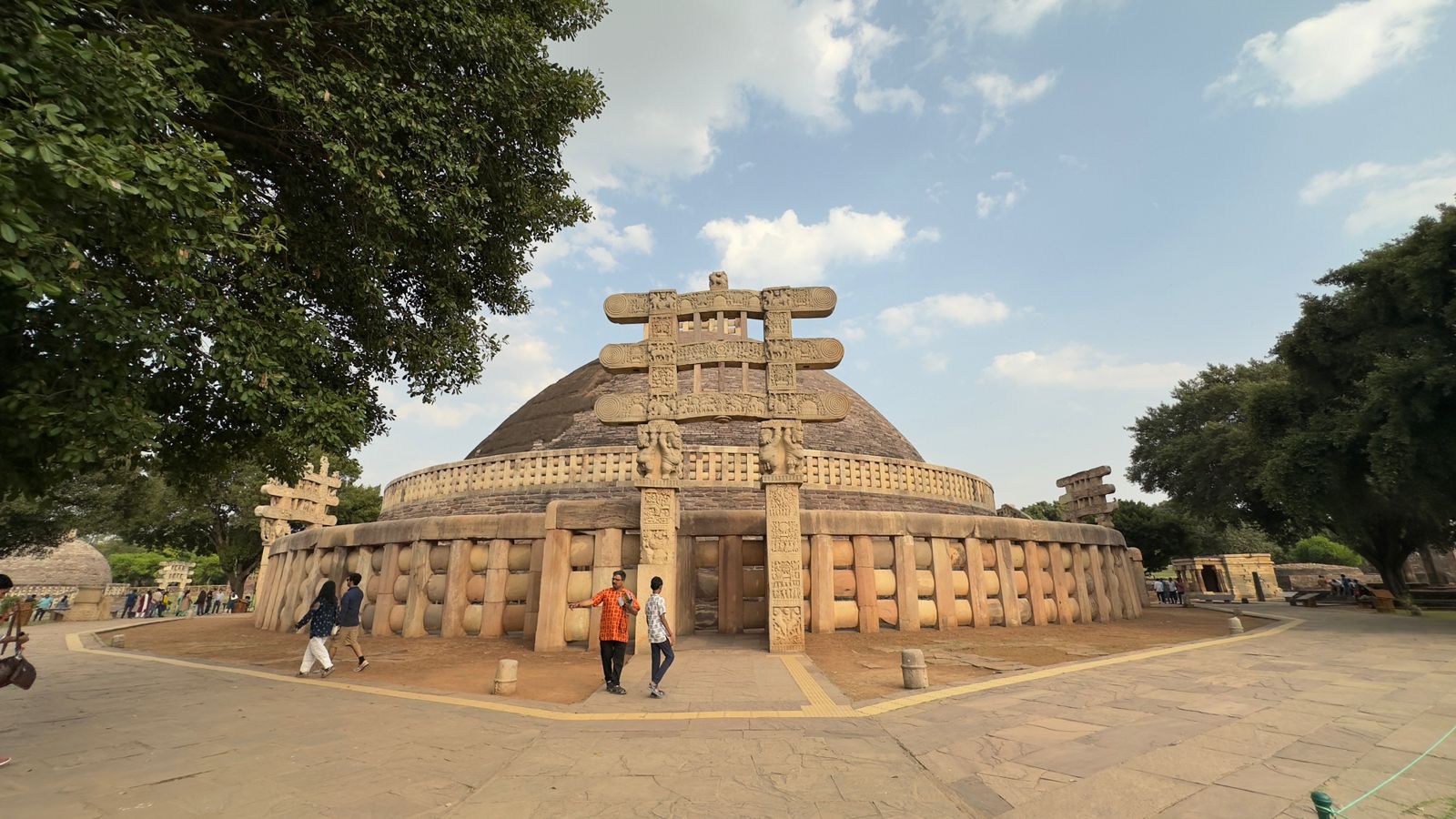
October 22, 2023
Sunday, 10:30 PM
The Heritage Conventions,
Amet, Sagar,
Madhya Pradesh, India
As promised yesterday, here is the tale of the Jyotirlingams as I know and understand. You might feel that there are minor deviations from the tale as you know it and for that reason you might consider them inaccuracies, but since mythological tales are often variously told with minor and major deviations, it’s hard to say which is the accurate version even though the central tale remains, more or less, the same. Another thing is, there are sometimes entirely different origin stories and all are considered correct by different groups of people, rather different groups or schools of pundits. Here it goes.
At some point, Lord Bhrama, the creator of the world, and Lord Vishnu, the preserver of the world, had a disagreement about who was greater between the two. Why were they having such a vain argument when the two had different functions assigned to each in the larger scheme of things has different explanations, and there might be disagreements about the reason between the pundits, and there are different stories around that, too. But that there was an argument between the two principal deities is settled. It is also settled that Lord Shiva appeared to resolve the dispute and decide the question of who was superior between the two. However, Lord Shiva appeared in a form different from the human-like form, and arranged a competition to decide the question of superiority. Lord Shiva pierced the three worlds as a pillar of light (Jyotirlingam, a Sanskrit compound of jyoti, meaning light, and lingam, the aniconic representation of Lord Shiva), and asked the competing deities to find the ends of it. Whoever found the end of it first was to be judged superior.
Lord Brahma and Lord Vishnu went in the opposite direction, looking for the ends of the jyotirlingam, which was endless. Lord Vishnu returned and honestly reported that he had failed to find the end. Lord Brahma cheerfully claimed to have found the end and also said that he had also brought a witness to the find — the flower of Ketaki, who supported Lord Brahma’s claim. The jyotirligam, as a matter of fact, was endless; so the end could not be found. Lord Brahma was clearly taking liberties with the truth, which angered Lord Shiva, who cursed Lord Brahma that he would have no worshippers. Lord Vishnu was blessed by Lord Shiva with eternal worship. Consequently, Lord Brahma has only two temples dedicated to him in the world — one at Pushkar in Ajmer district and the other at Asotra in the Balotra district, both of Rajasthan — whereas Lord Vishnu has countless temples across Indian and also beyond Indian borders, in which temples Lord Vishnu is worshipped in many forms.
Ketaki (or ketki), also known as Kevada or Keura, a flower that blooms during the rainy season and is long and white with a pretty strong aroma, had sided with Lord Brahma in his lie, and was on that account cursed by Lord Shiva to never be among the offerings to him, which is why Ketaki flowers are never used in the worship of Lord Shiva. So that was the tale. Now, let’s move to what happened today.
In the morning, we left the hotel and drove straight down to the Great Stupa at Sanchi, which is a hilltop at Sanchi Town in the Raisen District of the State of Madhya Pradesh and is part of a Buddhist complex, is one of the oldest stone structures in India. Sanchi is about 46 kilometers from Bhopal, the capital of the State of Madhya Pradesh.
 The Great Stupa at Sanchi is printed on the 200-rupee Indian bill currently in circulation. So I couldn’t help borrowing a bill from someone (as I was not carrying one on me) and hold it up against the Great Stupa for a picture. But it did take a while and quite a bit of asking around for me to get hold of the bill for the picture.
The Great Stupa at Sanchi is printed on the 200-rupee Indian bill currently in circulation. So I couldn’t help borrowing a bill from someone (as I was not carrying one on me) and hold it up against the Great Stupa for a picture. But it did take a while and quite a bit of asking around for me to get hold of the bill for the picture.
What was striking about the Great Stupa was that the site is exceptionally well-maintained, which might be because it’s a UNESCO World Heritage Site (declared so in 1989). Furthermore, I have noted that the State of Madhya Pradesh does manage its tourist sites better compared to other states I have visited. Even the washroom facilities in the tiger reserves of Madhya Pradesh are better maintained.
And I met a little girl, who came running to me and recognized me as the “didi who uploads videos and shorts on YouTube” even though she couldn’t place my name. And then I made a short video with the little girl. That’s all for today. Stay tuned!